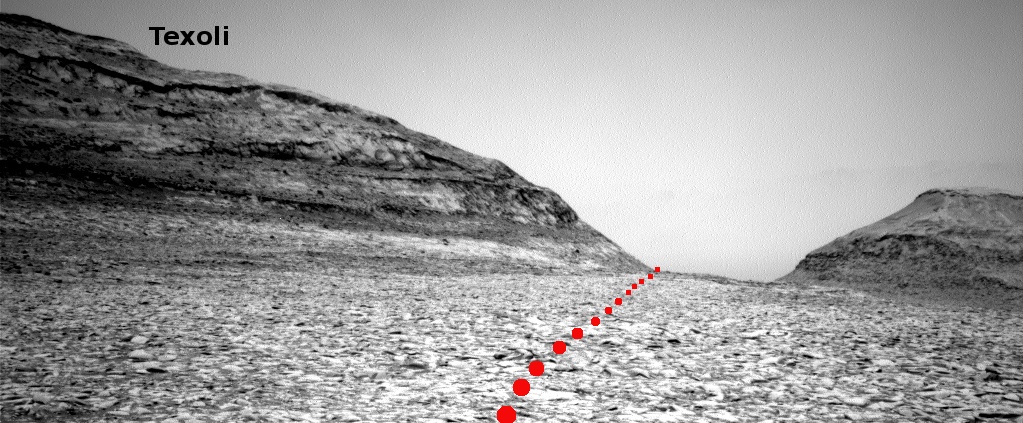Uzbekistan signs Outer Space Treaty
More than a half century after the Outer Space Treaty was written and put into force in 1967, Uzbekistan’s legislature in August approved joining the treaty, with the nation’s president signing that legislation this week.
By joining this treaty, Uzbekistan aims to strengthen cooperative relations with developed nations, accelerate the transfer of space-related technologies, and ensure that its space activities are conducted in accordance with international law and its national interests.
By signing the law the country — formerly part of the Soviet Union — is better positioned to sign joint agreements with other nations, either with China’s lunar base partnership or the American Artemis Accords (as presently being structured by the Biden administration).
More than a half century after the Outer Space Treaty was written and put into force in 1967, Uzbekistan’s legislature in August approved joining the treaty, with the nation’s president signing that legislation this week.
By joining this treaty, Uzbekistan aims to strengthen cooperative relations with developed nations, accelerate the transfer of space-related technologies, and ensure that its space activities are conducted in accordance with international law and its national interests.
By signing the law the country — formerly part of the Soviet Union — is better positioned to sign joint agreements with other nations, either with China’s lunar base partnership or the American Artemis Accords (as presently being structured by the Biden administration).











